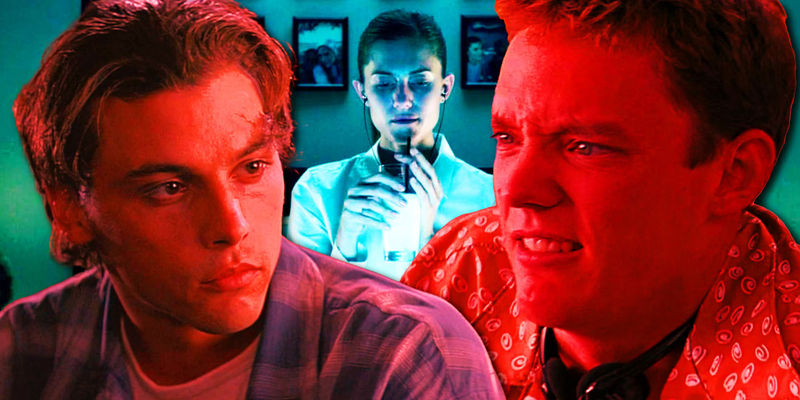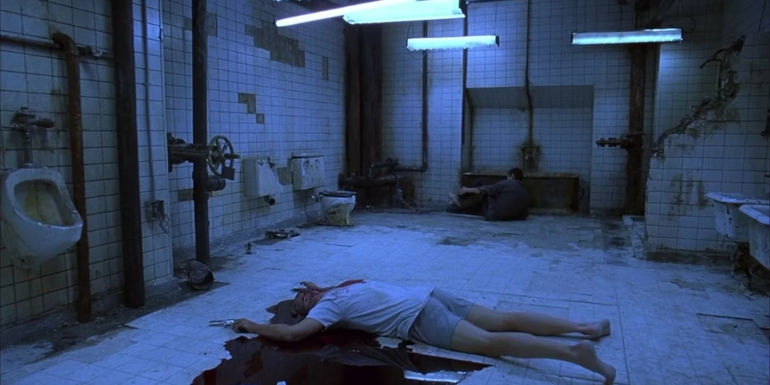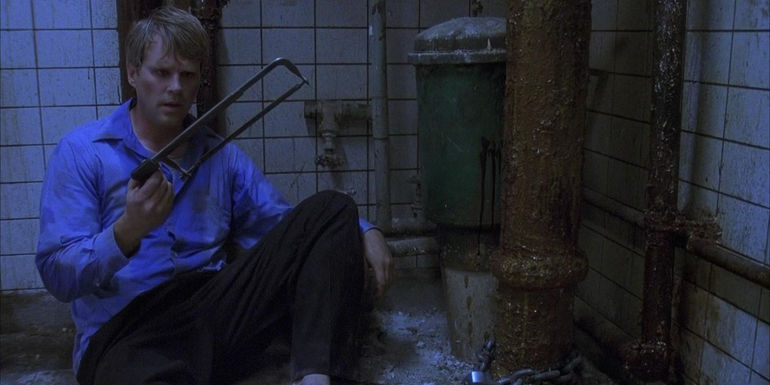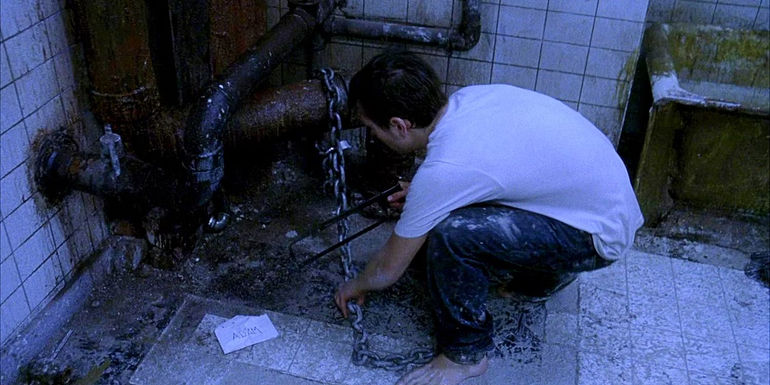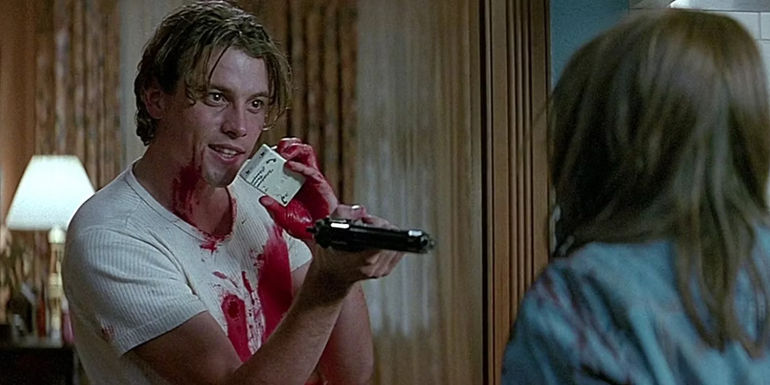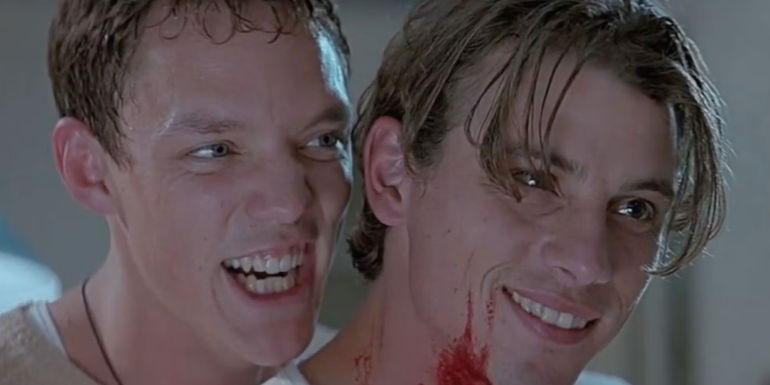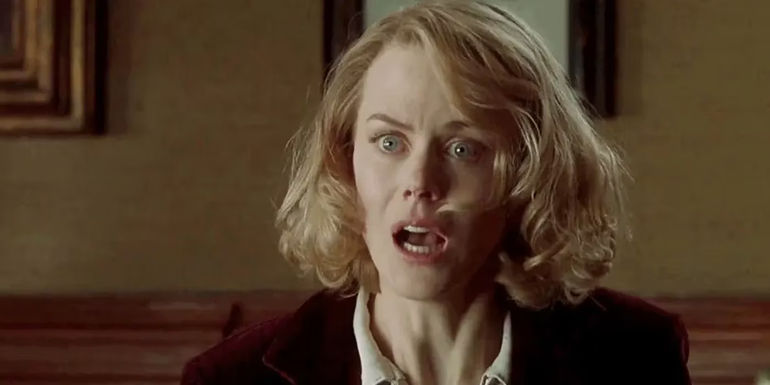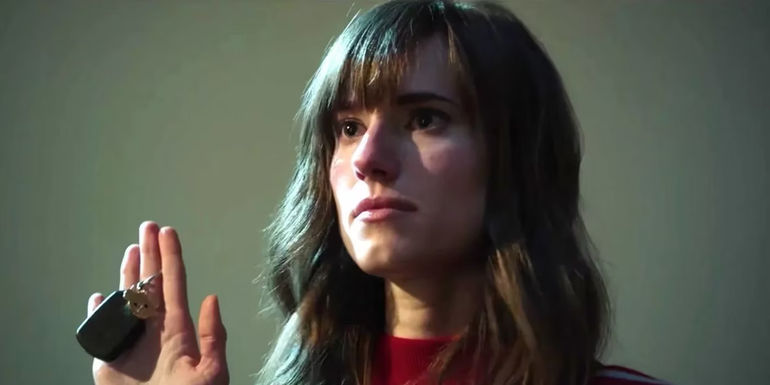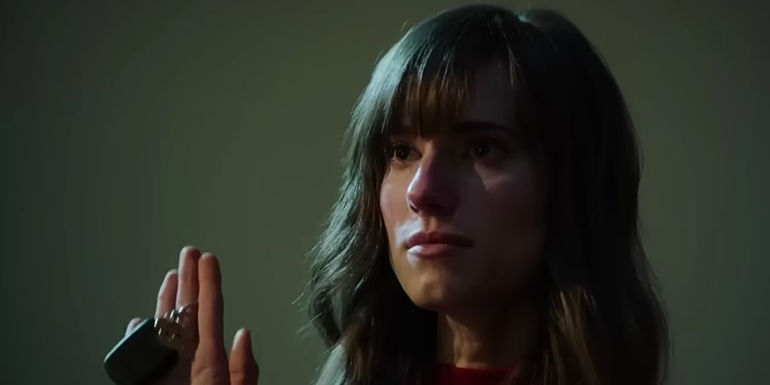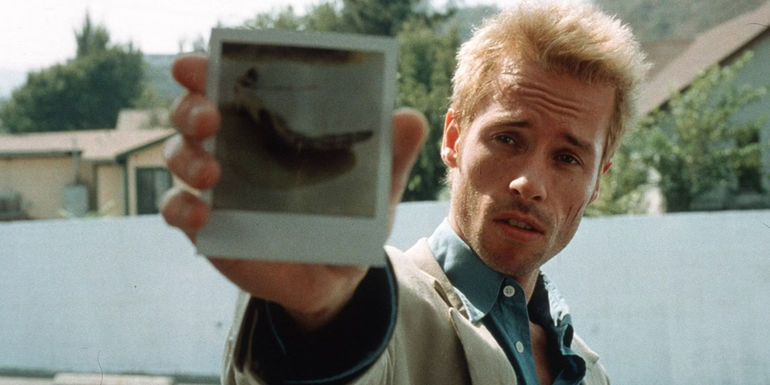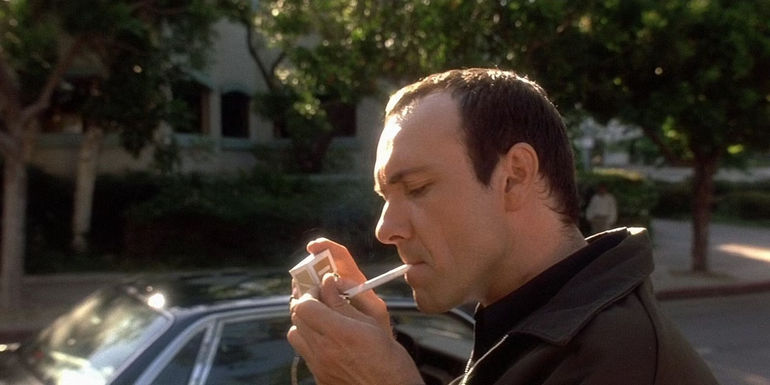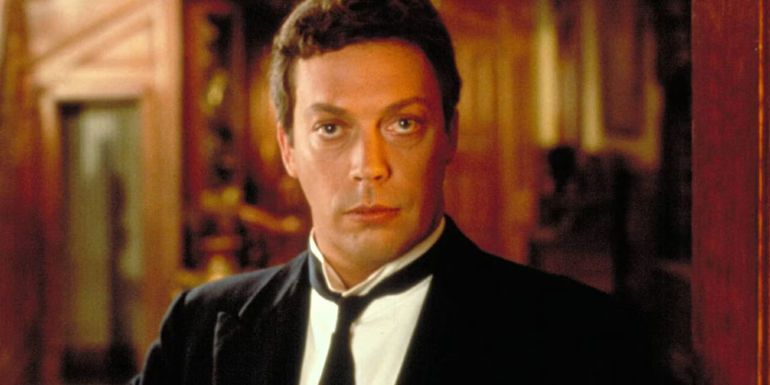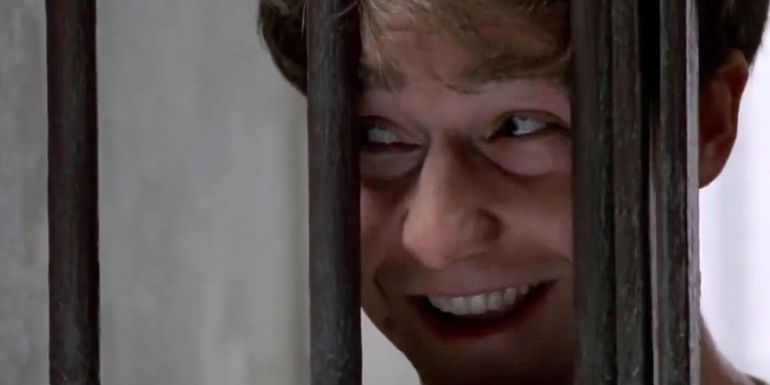The Masterpiece of Concealment: A Cinematic Revelation
In the realm of cinema, the revelation of a well-hidden villain is a masterful stroke of creativity. The art of concealing the antagonist within the narrative captivates audiences, leaving them in awe of the cleverly constructed plot twists. These films skillfully integrate seemingly benign characters into their stories, only to disclose their malevolent nature at the most unexpected moment. It is a testament to the ingenuity of filmmakers who use this technique, turning a classic storytelling element into a powerful tool for cinematic excellence.
The Bathroom Trap from Saw 1 with a bloody body on the floor
The effectiveness of concealing a villain in plain sight elevates a film, making it memorable and impactful. It adds an extra layer of shock and suspense, transforming a good film into a great one. Let's delve into the captivating world of cinema and explore the top 8 films that exemplify the art of concealing villains.
The Ingenious Villain Concealment in Saw (2004)
The 2004 horror film 'Saw' presents a perfectly executed bait-and-switch, revealing the villain who had been hiding in plain sight the whole time. Two men wake up chained in a grimy bathroom, with a corpse lying between them. The long-dead body suddenly rises, exposing John Kramer, or Jigsaw, as the architect of the sadistic games all along. This masterful concealment of the villain captivates viewers, leaving them stunned by the unexpected revelation.
Cary Elwes as Dr. Lawrence Gordon contemplating what to do with a hacksaw in the 2004 horror film Saw
The twist in 'Saw' showcases the brilliance of concealing the antagonist amidst the chaos, adding a thrilling and shocking element to the narrative. It is a testament to the filmmakers' ability to craft a compelling story that keeps the audience engaged until the climactic moment of revelation.
Adam saws the chain in Saw
The Surprising Twist in Scream (1996)
The iconic horror film 'Scream' excels at concealing the true identity of its killer, Ghostface, throughout the duration of the film. Subtle clues and red herrings throw viewers off the trail, leading to a shocking revelation in the bloody climax. The two killers, Billy Loomis and Stu Macher, devise the Ghostface persona together, catching audiences off guard with the unexpected twist.
Billy Loomis holding a gun in Scream
The mastery of concealment in 'Scream' adds an exhilarating layer of suspense, making the film a captivating experience for viewers. The clever integration of seemingly innocent characters into the narrative showcases the art of concealing villains in plain sight.
Billy and Stu grinning in Scream
The Twisted Revelation in The Others (2001)
In 'The Others,' Grace Stewart seems to live alone in a darkened mansion with her two photosensitive children. As paranormal events unfold, the twist ending shockingly exposes Grace herself as the true villain. The revelation that the 'ghosts' haunting the home were Grace and her children the entire time adds a chilling and unexpected dimension to the narrative.
Nicole Kidman in The Others
The art of concealing villains in 'The Others' is a testament to the filmmakers' ability to maintain suspense until the perfect moment of revelation. It transforms the film into a haunting and unforgettable experience for the audience.
The Cunning Deception in Get Out (2017)
The acclaimed horror film 'Get Out' presents a cunning antagonist in the form of Rose Armitage, who expertly conceals her sinister intentions. As strange events transpire, the revelation of Rose as the most cunning antagonist of them all shocks and captivates viewers. Her role in luring unsuspecting victims into romantic relationships adds a disturbing layer to the film's narrative.
Rose holds the car keys in Get Out.
The art of concealing villains in 'Get Out' is a display of cinematic excellence, as it ingeniously integrates seemingly innocent characters into the plot, only to disclose their malevolent nature at the most unexpected moment.
A screencap from Get Out of Allison Williams' Rose frowning while holding up some car keys
The Mind-Bending Revelation in Memento (2000)
Christopher Nolan's masterpiece, 'Memento,' features a unique backwards storyline structure that leads to a mind-bending revelation. The twist that Leonard is the antagonist he believes he is hunting adds a riveting layer to the film's narrative. The art of concealing villains in 'Memento' showcases the brilliance of weaving a complex and captivating storyline that keeps the audience engaged until the climactic moment of revelation.
Guy Pearce holding a Polaroid in Memento
The Elusive Keyser Söze in The Usual Suspects (1995)
'The Usual Suspects' utilizes an unreliable narrator to conceal the true identity of the fearsome Keyser Söze. The climactic reveal that Verbal was, in fact, the notorious Keyser Söze all along adds an iconic twist to the film. The art of concealing villains in 'The Usual Suspects' is a testament to the filmmakers' ability to craft a complex and gripping narrative that keeps the audience guessing until the final moments.
Keyser Söze (Kevin Spacey) lights up a cigarette in the ending of The Usual Suspects
The Clever Bait-and-Switch in Clue (1985)
The film 'Clue' delivers a clever bait-and-switch by providing three different surprise endings, each revealing a different character as the sinister blackmailer. The ultimate revelation that the unassuming Wadsworth, the butler who welcomed the guests, was the ruthless puppet master adds a captivating and unexpected twist to the narrative.
Tim Curry as Wadsworth, standing in the doorway and looking intense in Clue
The art of concealing villains in 'Clue' showcases the filmmakers' ability to craft a dynamic and engaging storyline that keeps the audience guessing until the very end.
The Calculated Deception in Primal Fear (1996)
In the great courtroom drama, 'Primal Fear,' the seemingly harmless altar boy, Aaron Stampler, unveils a calculated deception that shocks the audience. The twist that Aaron's stuttering persona was an act, and the true villain is Aaron himself, adds a riveting layer to the film's narrative. The art of concealing villains in 'Primal Fear' is a display of cinematic brilliance, as it ingeniously transforms a seemingly innocent character into a cold-blooded murderer.
Edward Norton as Aaron in Primal Fear
